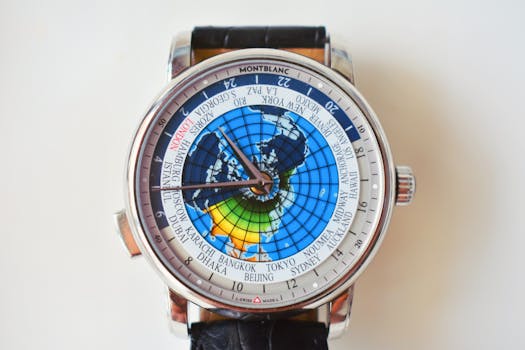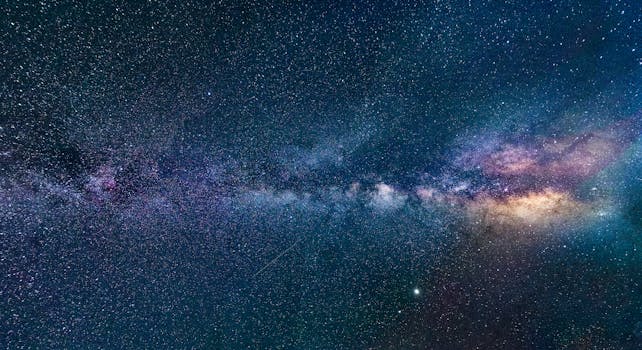
“
Introduction to Beyond the Milky Way: Imagining New Worlds and Possibilities
Beyond the Milky Way: Imagining New Worlds and Possibilities is an intriguing topic that has fascinated humans for centuries. As we continue to explore and understand our own galaxy, we are also drawn to the mysteries that lie beyond. The possibility of new worlds, life forms, and civilizations is a topic of much speculation and scientific study. In this article, we will delve into the current understanding of the universe beyond the Milky Way and explore the possibilities of what might exist.
Understanding the Milky Way
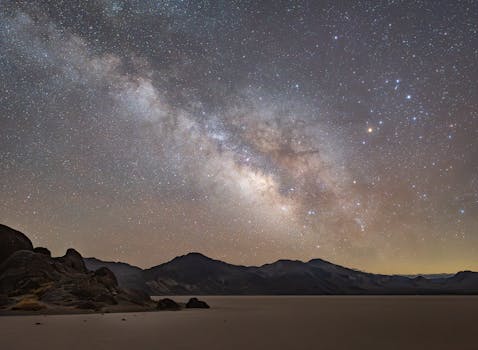
The Milky Way is our home galaxy, a spiral galaxy consisting of hundreds of billions of stars, gas, and dust. It is estimated to be about 100,000 light-years in diameter and is thought to contain between 200 and 400 billion stars. The Milky Way is part of the Local Group of galaxies, which includes the Andromeda Galaxy and several smaller galaxies. Our galaxy is also part of the larger Laniakea Supercluster, a network of galaxies and galaxy clusters that stretches over 500 million light-years.
The Universe Beyond the Milky Way
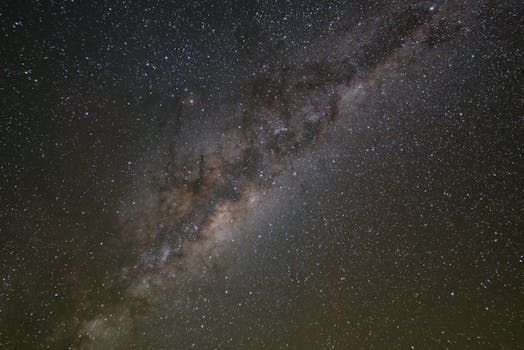
As we look beyond the Milky Way, we find a vast array of galaxies, galaxy clusters, and superclusters. The universe is estimated to contain over 100 billion galaxies, each containing billions of stars. The most distant galaxies we can see are over 13 billion light-years away, meaning we are seeing them as they existed just 700 million years after the Big Bang. The universe is also home to various types of celestial objects, including black holes, neutron stars, and supernovae. For more on the imaginative aspect of our universe, check out Charting New Realms: The Journey of Imagination Beyond the Stars.
Possibilities of New Worlds and Life Forms
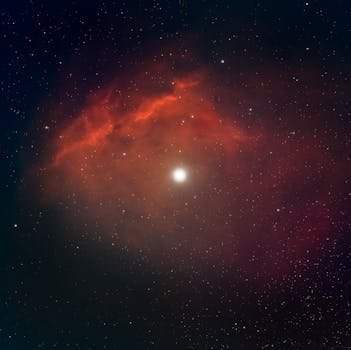
The possibility of new worlds and life forms is a topic of much speculation and scientific study. With billions of galaxies, each containing billions of stars, the potential for life-supporting planets is vast. Scientists use various methods to search for life, including the detection of biosignatures in the atmospheres of exoplanets and the search for radio signals from advanced civilizations. While we have not yet found definitive evidence of extraterrestrial life, the discovery of exoplanets and the building blocks of life in space suggests that the possibility of life beyond Earth is quite high. This theme of imagination and exploration is beautifully captured in Cosmic Creativity: How Imagination Soars Beyond the Constellations.
Takeaways

- The universe beyond the Milky Way is vast and complex, with billions of galaxies and celestial objects.
- The possibility of new worlds and life forms is a topic of much speculation and scientific study.
- Scientists use various methods to search for life, including the detection of biosignatures and the search for radio signals from advanced civilizations.
- The discovery of exoplanets and the building blocks of life in space suggests that the possibility of life beyond Earth is quite high. For more insights, read From Stardust to Dreams: Imagining Life Beyond the Stars.
See more:
https://www.nasa.gov/
https://www.esa.int/
https://www.space.com/







